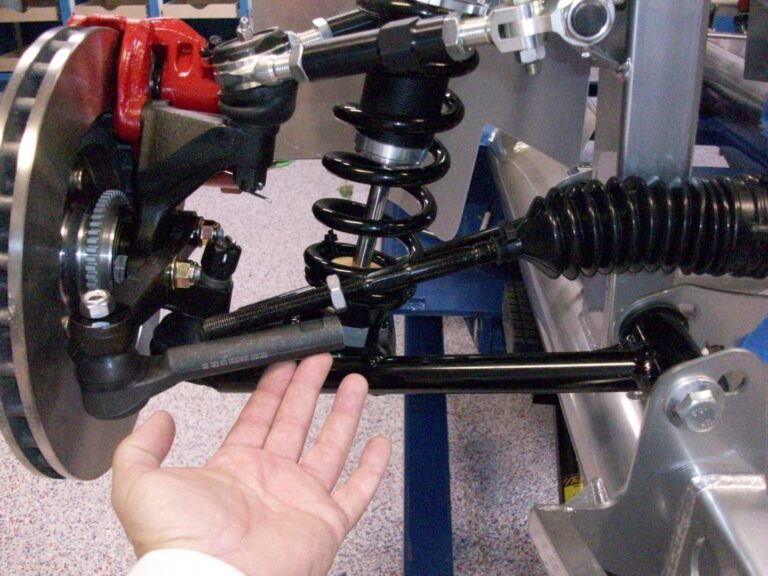The tie rod end is a metal piece that connects the steering arm to the steering knuckle. It allows the wheels to turn in two different directions, so it must work properly.
What are Tie Rod Ends?
Tie rod ends are the metal or plastic pieces that connect the tie rods to the steering knuckle. When they fail, they can cause the car to lose steering and cause a crash.
Tie rod ends come in different shapes and sizes, so it’s important to find a manufacturer who understands your car’s specific needs. And because they’re subject to wear and tear, choosing a quality tie rod end that will last for years is important.
If you’re experiencing issues with your car’s steering, it might be time to take it into a repair shop for a checkup. But before you do, ask about your car’s tie rod end manufacturers and ensure you’re getting the best possible product.
What is the Purpose of a Tie Rod End?
A tie rod end is a metal fitting that attaches to the steering rack in a car or truck. It helps to connect the steering wheel to the chassis and allows the vehicle to turn. A broken tie rod end can cause a lot of difficulties when driving, so it’s important to have a good quality one.
There are a few tie rod ends on cars, but the most common is the kingpin type. The kingpin type has two halves that slide over each other and connect to the steering rack with pins. When one-half breaks, it becomes difficult for the driver to turn the vehicle because the pins no longer hold it together.
Another type of tie rod end is called a ball joint. This type has a socket on one end and a ball on the other, and it fits into a similar hole on the steering rack. The ball joint is much stronger than a kingpin type, but it can also be easier to break because fewer parts need to be held together.
When shopping for a new tie rod end, it’s important to ensure you get one that meets your specific needs. Some things you may want to consider are the size of the end,
Where Are Tie Rod Ends Used On Vehicles?
Tie rod ends are important for various reasons, most notably because they secure the tie rods to the chassis. Without them, the tie rods could potentially move around and cause damage to the car. Tie rod ends are also used to adjust the angle of the tie rods.
Types of Tie Rod Ends
There are a few different types of tie rod ends, each with its benefits and drawbacks. The three most common types are threaded rod ends, pin-type rod ends, and ball-type rod ends.
Threaded Rod Ends
The threaded rod end is the most popular type, and for a good reason: it’s the easiest to install and maintain. The threaded rod end threads into the steering knuckle (the part of the steering column that connects the handle to the wheel), so there’s no need to replace or adjust it regularly.
One downside of threaded rod ends is that they can wear down over time due to friction from the wheel bearing against the shaft (a common problem with older cars). In extreme cases, this can cause a warped or broken shaft, resulting in poor steering performance. Always inspect your car’s steering for rust or wear before buying a new tie rod to avoid this problem.
Pin-Type Rod Ends
Pin-type rod ends are similar to threaded rod ends in connecting to the steering knuckle via a bolt/nut combo. However, instead of a threaded shaft, the pin has a
Conclusion
When it comes to your car, nothing is more important than the quality of the tie rod end manufacturers you choose. Not only do they play a vital role in ensuring your vehicle runs smoothly, but choosing the wrong ones can also lead to serious damage and even loss of life. Make sure you read through this guide on identifying good tie rod end manufacturers and shop cautiously so that you don’t wind up with a faulty part that could cause you serious trouble.
Apart from that if you want to know about Global Chilled Food Packaging Market by Product then visit our Business category.
